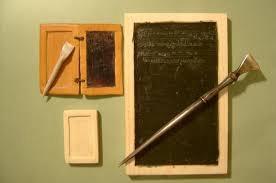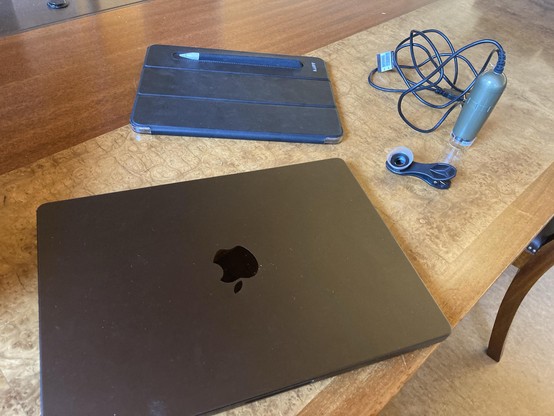Last week I was ill and in Paris, my least favourite city, but this was entirely justified by being able to see the Echternach Gospels in person. Made on the island of Lindisfarne around 690, it’s a stunning monument of early insular art and script.
Fully digitised at https://gallica.bnf.fr/ark:/12148/btv1b530193948











